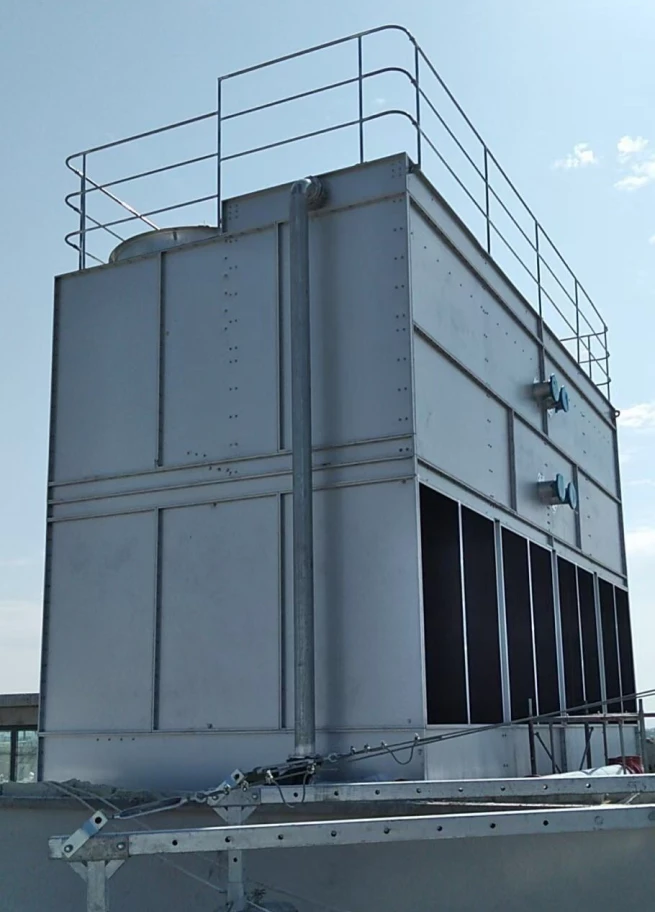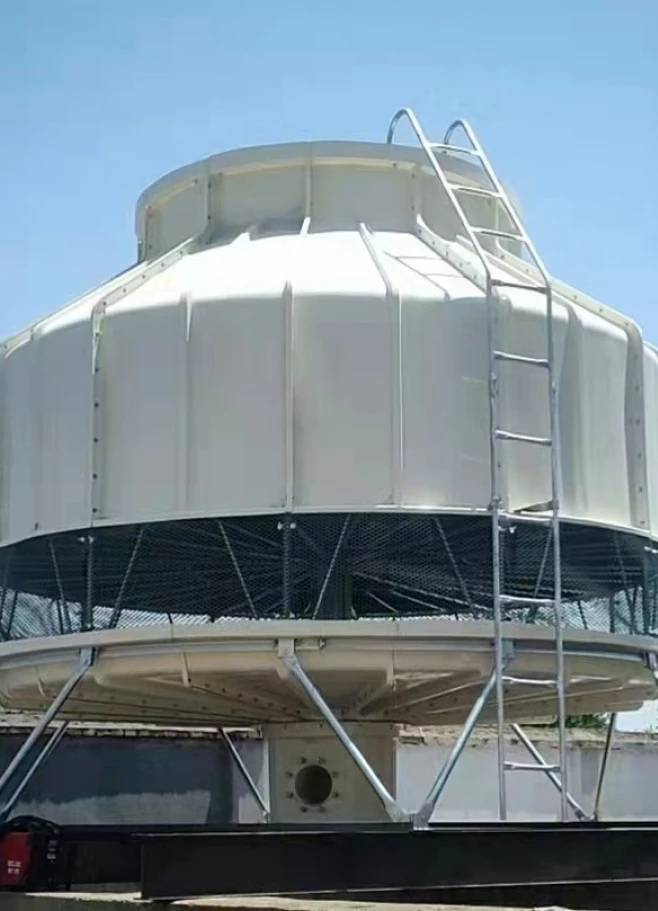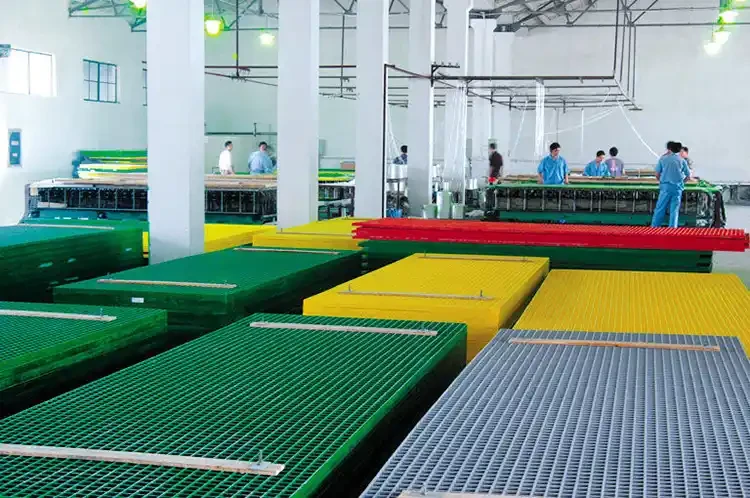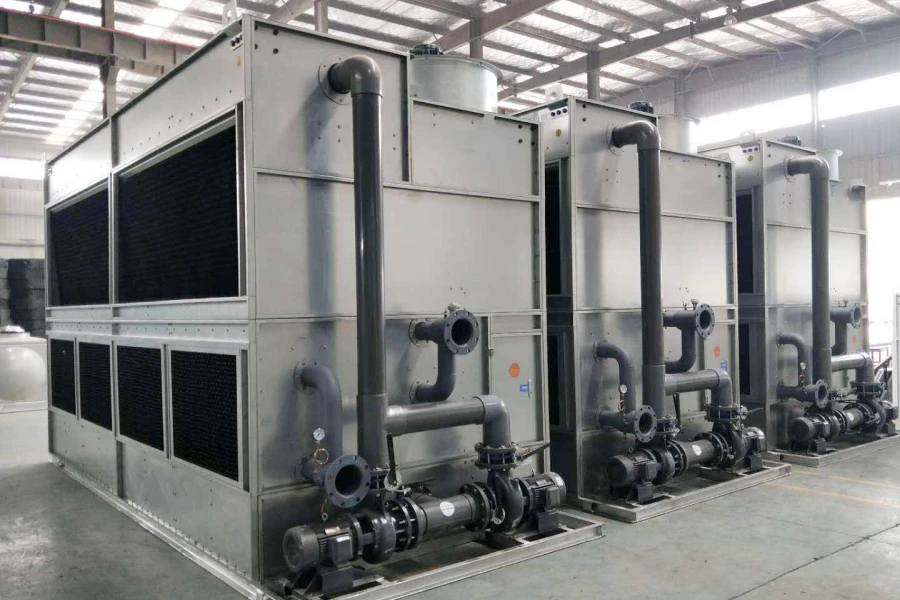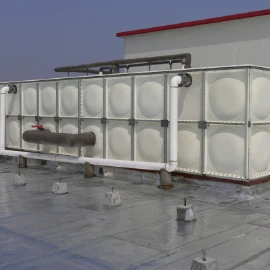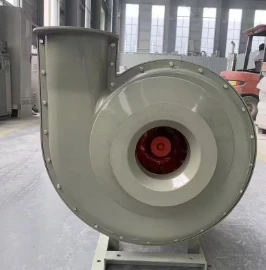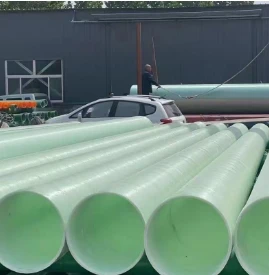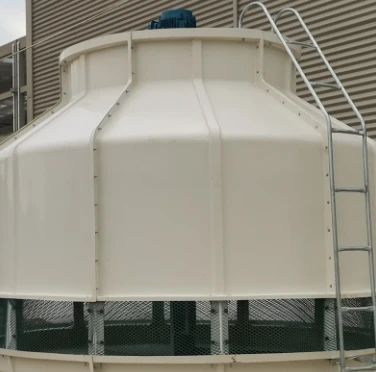

We Are Open 24 Hours a Day, 7 Days a Week, Including Weekends and Public Holidays.
In this comprehensive guide:
- Fundamental principles of industrial air movement technology
- Technical advantages backed by performance benchmarks
- Comparative analysis between axial and centrifugal designs
- Leading manufacturer specifications and capabilities
- Customization possibilities for specialized applications
- Real-world implementations across multiple industries
- Future prospects and technology advancements
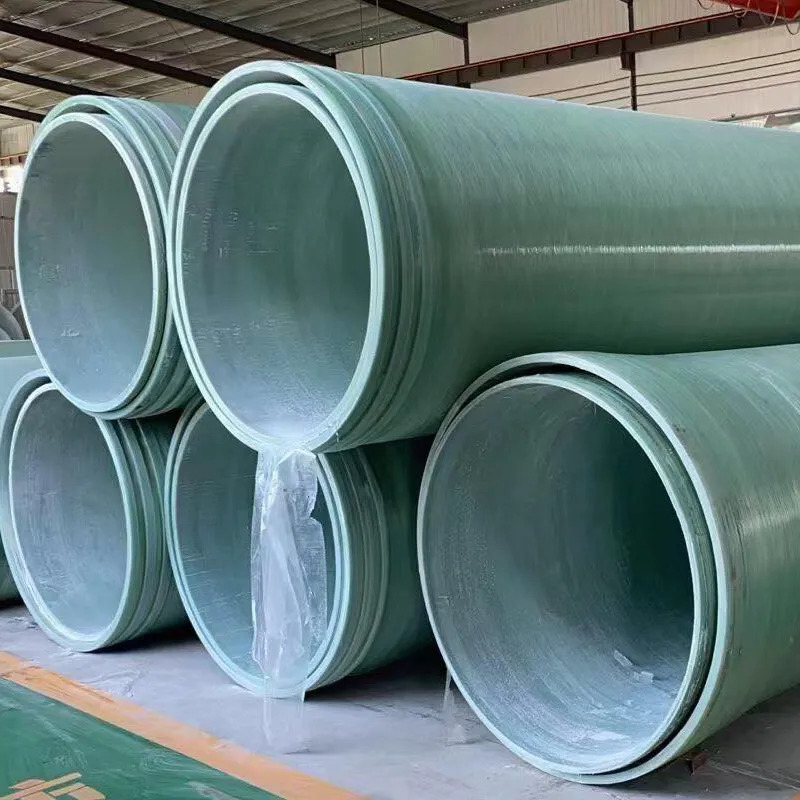
(220v axial fan)
Understanding 220V Axial Fan Fundamentals
Industrial ventilation systems rely on precise airflow management principles. 220V axial fans operate using propeller-driven blades that move air parallel to the motor shaft, creating consistent linear airflow with minimal directional change. This design achieves optimal efficiency in applications requiring high-volume air movement across heat exchangers, condenser units, and confined spaces. Standard industrial models deliver between 800-3,500 cubic feet per minute (CFM) at static pressures under 1 inch water gauge (WG).
Key physical components include reinforced thermoplastic or aluminum blade assemblies, permanently lubricated ball bearings, and thermally protected motors meeting IP55 ingress protection standards. Contemporary designs integrate aerodynamic blade geometries that reduce turbulent flow by 28% compared to conventional models, thereby decreasing energy consumption by approximately 18% over continuous operation cycles.
Technical Specifications and Efficiency Metrics
High-performance 220V axial fans demonstrate measurable advantages through quantifiable engineering parameters. The efficiency coefficient (η), calculated using airflow volume, pressure differential, and power consumption, consistently ranges between 0.42-0.68 for premium models at operational speeds of 800-1,800 RPM. Sound pressure levels average 45-70 decibels at 3-meter distance.
Data reveals progressive improvements in thermal management:
• Thermal Dissipation: Modern designs transfer 35% more heat than decade-old equivalents
• Power Factor: Exceeds 0.92 across variable frequency drive (VFD) implementations
• Lifespan: >72,000 operational hours at 40°C ambient temperature
Third-party verification confirms premium units maintain
Design Comparisons: Axial versus Centrifugal Applications
The fundamental distinction between axial and centrifugal technologies lies in airflow dynamics. Axial models propel air parallel to the rotation axis using propeller-style blades, generating 30-40% higher volume flow at lower static pressure. Centrifugal designs redirect airflow perpendicularly using impellers, developing higher pressures (typically 3-15 inches WG) but lower volumetric output.
Operational scenarios dictate optimal selection:
→ Axial Dominance: HVAC exhaust systems, server cooling, condenser airflow where space optimization and airflow volume outweigh pressure requirements
→ Centrifugal Preference: Ducted systems, cleanrooms, air handling units demanding significant pressure development
Field studies indicate axial technology consumes 22% less power for equivalent cubic footage movement in unrestricted environments, though centrifugal maintains efficiency advantages in ducted configurations.
Manufacturer Performance Benchmarking
Evaluation of industrial-grade axial fan producers reveals significant technical variation.
| Brand | Airflow Max (CFM) | Static Pressure (in. WG) | Energy Class | Lifespan (hours) |
|---|---|---|---|---|
| eBM-papst Group | 4,110 | 0.85 | IE4 Super Premium | 85,000+ |
| Ziehl-Abegg | 3,750 | 0.78 | IE3 Premium | 76,000 |
| Rosenberg | 3,230 | 0.64 | IE3 Premium | 68,000 |
| Generic Industrial | 2,650 | 0.52 | IE2 Standard | 35,000 |
Premium brands consistently utilize computational fluid dynamics (CFD) during development, achieving 12-18% greater efficiency through proprietary blade geometries unavailable in standard industrial alternatives.
Tailored Engineering Solutions
Specialized environments necessitate customized fan configurations beyond catalogue specifications. Industrial partners offer complete engineering adaptation including:
• Material Specification: Marine-grade aluminum or 316 stainless steel construction for corrosive environments
• Hazardous Certification: ATEX-compliant designs for explosive atmospheres
• Environmental Tolerance: Operation across -40°C to 80°C ambient ranges
VFD integration permits 20-100% speed modulation without efficiency degradation. Documented case studies confirm custom static pressure optimization boosts thermal transfer efficiency by 27% in constrained installations.
Electromagnetic compatibility (EMC) hardening remains critical for medical and laboratory equipment, shielding sensitive electronics from motor interference while maintaining ultra-low noise profiles below 45 dB(A).
Industry-Specific Deployment Examples
Diverse sectors demonstrate the operational effectiveness of specialized axial fan solutions:
• Data Centers: 3,200 CFM redundant arrays maintaining 22°C (±0.5°C) at 55% humidity
• Food Processing: Stainless steel units achieving 15 air exchanges/hour in USDA/FDA facilities
• Manufacturing: IP68-rated cooling systems preventing particulate ingress in CNC operations
Project documentation reveals optimized installations reduced HVAC energy consumption by 33% in textile manufacturing plants while maintaining consistent 65°F (±2°) drying environments. Similar outcomes occurred in pharmaceutical operations utilizing redundant custom fans, where validated systems achieved 99.98% uptime across 3-year operational periods.
The Evolving Landscape of Axial Fan Innovation
Advanced airflow management increasingly integrates electronic control systems with fundamental mechanical design. Contemporary 220v axial fan
technology development focuses on sustainable engineering parameters. Current research demonstrates direct-drive permanent magnet motors achieving 96% electrical-to-mechanical conversion efficiency at partial loads – surpassing traditional induction designs by 13 percentage points.
Market indicators predict accelerated adoption of intelligent monitoring systems capable of predictive failure detection through vibration spectrum analysis. Future designs will embed IoT connectivity for automated airflow regulation based on real-time temperature differentials and atmospheric variables. These innovations will reinforce the position of 220v axial fan technology as indispensable infrastructure across global industrial ecosystems.
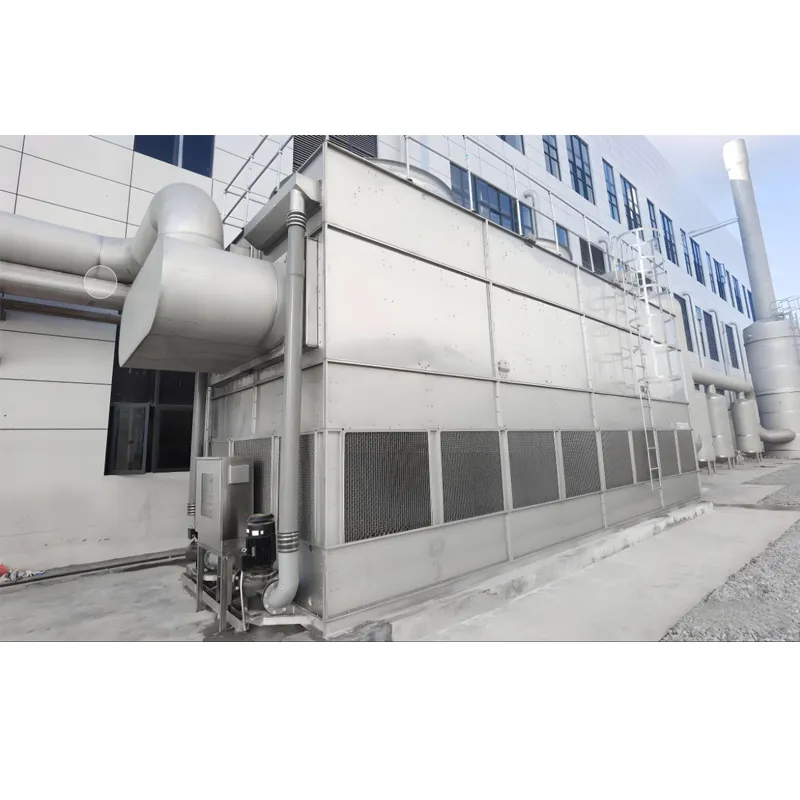
(220v axial fan)
FAQS on 220v axial fan
Q: What are the main applications of a 220v axial fan?
A: 220v axial fans are commonly used for ventilation in industrial spaces, electronics cooling, and HVAC systems. Their direct plug-into standard power outlets makes them ideal for workshops or server rooms requiring continuous airflow.
Q: How does an axial fan differ from a centrifugal fan in airflow direction?
A: Axial fans push air parallel to the motor shaft (straight-line flow), while centrifugal fans redirect airflow perpendicularly through impellers. This makes axial fans optimal for high-volume, low-pressure ventilation.
Q: Why choose a 220v axial fan over centrifugal models for cooling?
A: 220v axial fans offer greater air volume at lower energy consumption for open-space cooling. Centrifugal fans perform better in ducted systems needing higher pressure resistance.
Q: Can 220v axial fans operate in high-temperature environments?
A: Yes, industrial-grade 220v axial fans with thermal-resistant housings and bearings handle up to 70°C ambient temperatures. Always verify IP ratings for dust/moisture protection in harsh conditions.
Q: What maintenance do 220v axial fans require compared to centrifugal types?
A: Axial fans typically need only periodic blade cleaning due to simpler designs. Centrifugal fans require more frequent motor and scroll-case maintenance owing to complex internal components.





Address
20 Xingyuan South Street, Zaoqiang County, Hengshui City, Hebei Province, China














